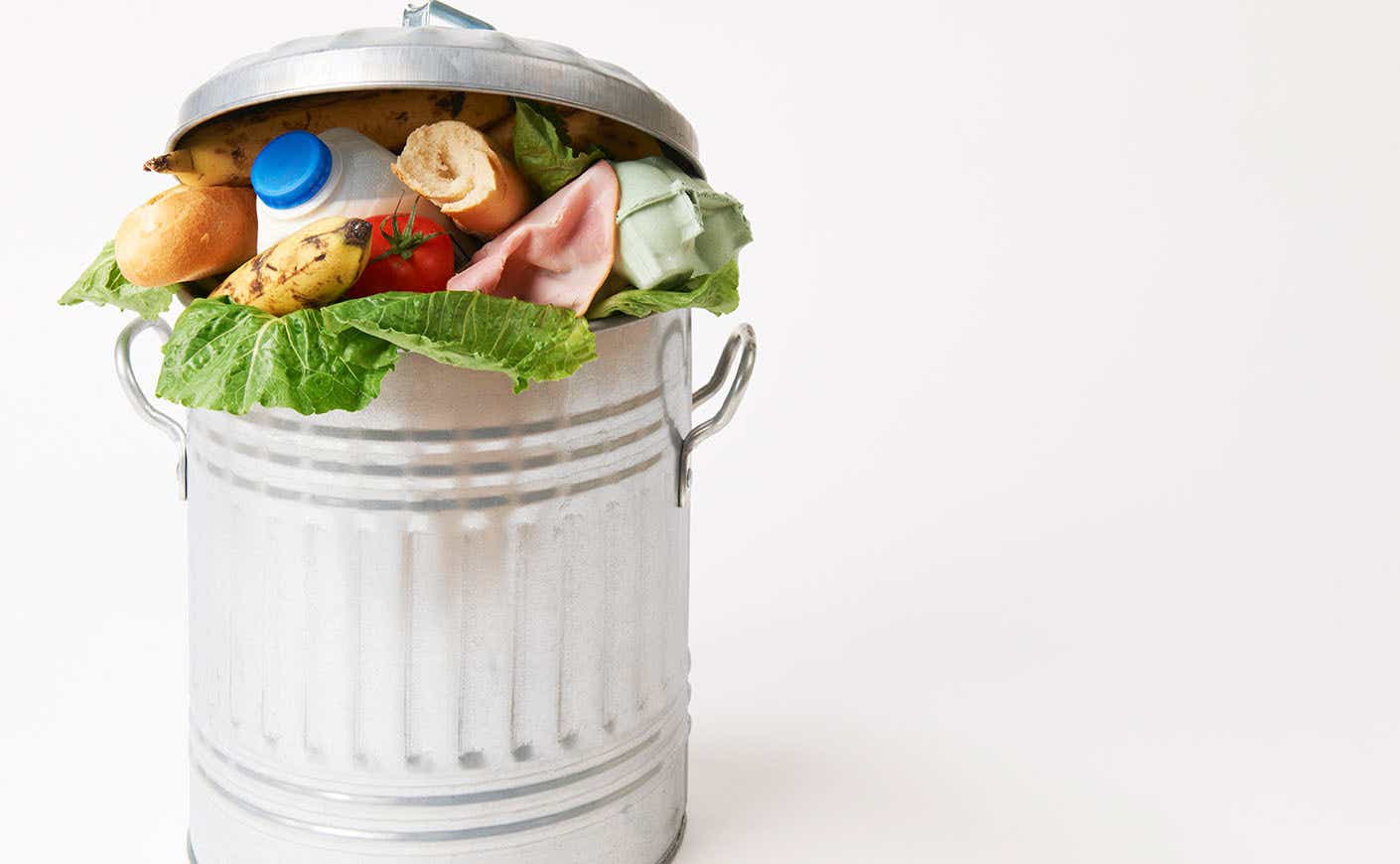If you think the only problem red meat poses is to your health, think again: cows emit about 15% of all greenhouse gases. This is one of the topics Laurie David and Heather Reisman cover in their new book Imagine It!: A Handbook for a Happier Planet. It’s got some easy, practical advice on how to live more sustainably. Today, we talk to Heather and Laurie about food waste, as well as their beef with beef.
Want to win a free copy of Imagine It? Click here for your chance to win!
KCM: Let’s talk about the environmental impact of the food we eat. What’s the issue with beef?
Heather Reisman: The problem is with cows. I read a few years ago in The Washington Post that if cows were their own country, they’d be the third-biggest greenhouse gas emitter in the world. Cows emit about 15% of greenhouse gases. If we want to tackle global warming, we need to cut back on our beef and dairy consumption. Interestingly, there is a win-win here. There’s clear evidence that being careful about the amount of meat and dairy we eat is actually beneficial to our health, which isn’t to say, by the way, that we all have to be vegetarians. It’s just about eating less meat and dairy.
In addition to greenhouse gases, the book talks about the problem of food waste. Can you explain that?
Laurie David: The average family wastes $1,800 on groceries every year. Food waste has become a big problem. This may surprise you— the largest amount of food waste is not from restaurants or what’s left in the farm’s fields, but rather what’s wasted in our own homes. There are many things we can do to combat this. For example, how you load your refrigerator leads to food waste. When you go shopping and you shove everything in, you’re going to forget stuff. Things are going to get pushed to the back, and by the time you find them, they’re moldy and you don’t want to eat them anymore. A simple way to fix this is that when you get new groceries, put the new stuff towards the back and the older stuff towards the front, so when you open it that’s what you’re going to reach for first.
What’s the deal with expiration dates?
Laurie David: Expiration dates are another thing that drive food waste. My daughter, when she sees an expiration date, says, “We can’t eat it, we can’t eat it.” She gets panicked by it. In reality, an expiration date is just an arbitrary number. Use your nose; use your tongue. Your food is probably good for a lot longer than whatever that expiration date is. Also, use your freezer. When you have leftovers, cut them up into individual portions. Your freezer is your friend.
This interview has been edited and condensed for length and clarity.









